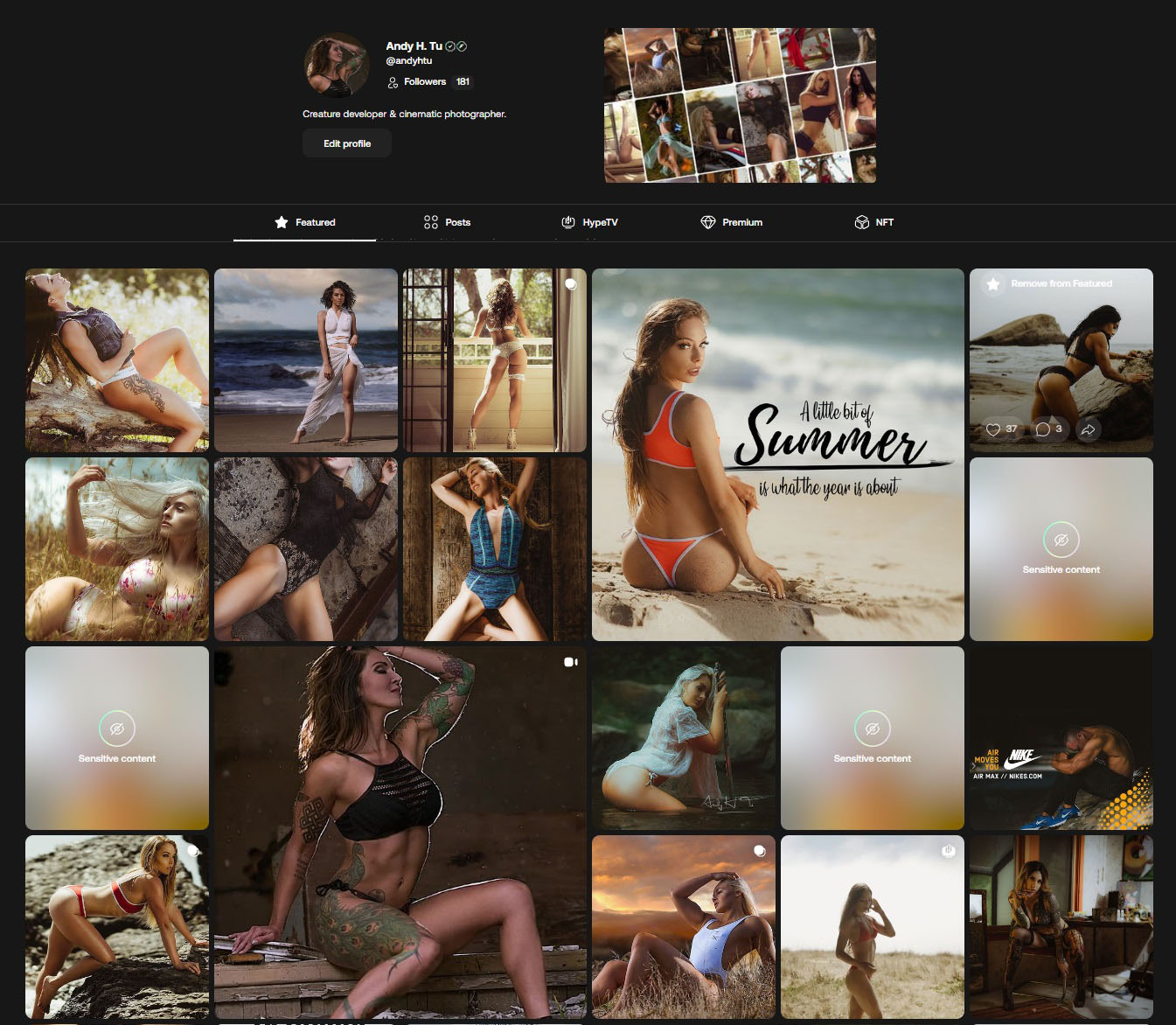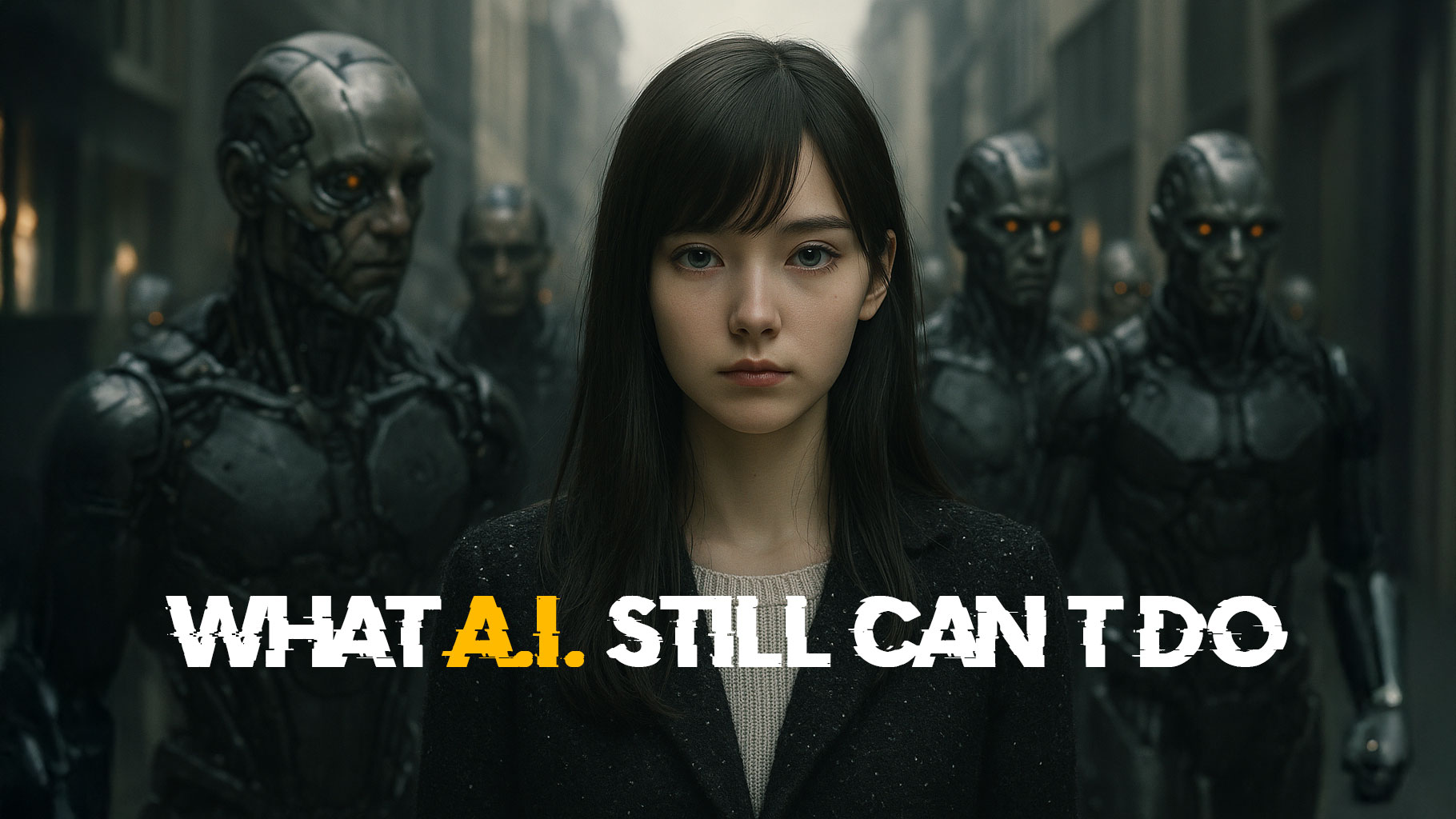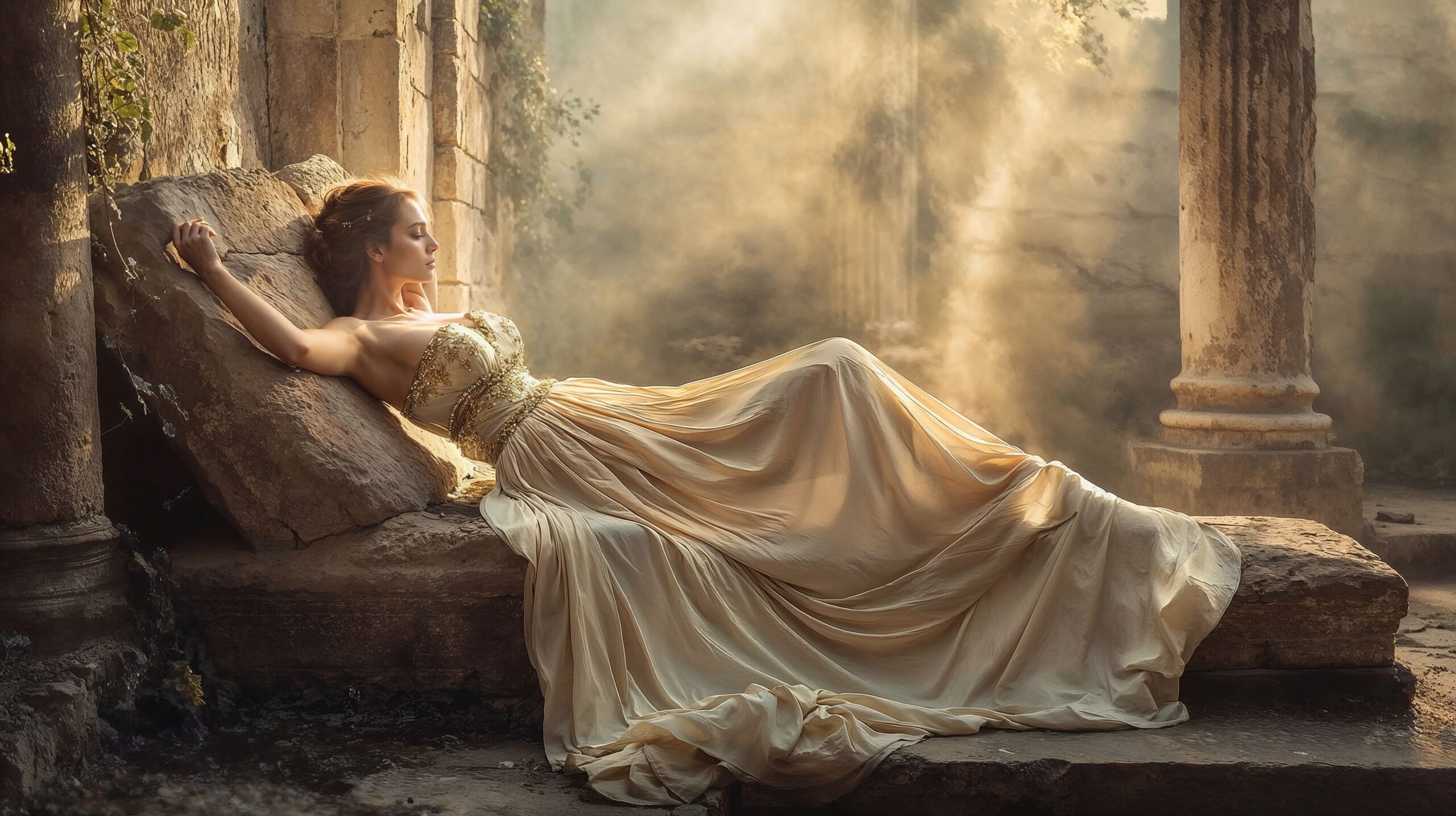
Art or Appropriation? Is Stable Diffusion Ethical?
Art or Appropriation?
We live in a fascinating world where technology and creativity often intersect, leading to an exhilarating, yet complex landscape. This becomes especially evident in the of AI art where debates on authenticity and intellectual property are as vibrant as the digital art it produces.
Is Stable Diffusion Ethical?
At the center of it all stands Stable Diffusion, an AI system, learning from and adapting existing artworks. Here’s the truth of it—labeling Stable Diffusion as entirely ethical or unethical is a tough call. While it opens up new avenues of creative exploration, its methods of using existing art pieces as learning material can be seen as a violation of the original artists’ rights. It’s like a double-edged sword, cutting both ways.
Let’s illuminate the workings and controversies of Stable Diffusion, discuss its impact on both traditional and AI-assisted art, and wade through the shifting sands of ethics in this digital age of creativity.
Table of Contents
Magic Behind Stable Diffusion
If we’re to unravel the charm and appeal of Stable Diffusion, we need to look into its mechanics. Picture this: a digital alchemist, constantly learning and adapting, not through traditional means, but by analyzing and emulating existing artworks. It’s an AI system designed to innovate, to take what it sees and forge new frontiers in the realm of artistic expression.
Stable Diffusion can be seen as a playground for imagination. It breathes life into the hidden corners of creativity, by creating a bridge between the realm of digital art and the vast array of existing art forms. But it’s more than just a tool, it’s a mirror held up to our collective creativity, capable of reflecting back vibrant, AI-spun works of art.
Artists, using Stable Diffusion, can generate work that carries the echo of their inspirations while presenting something entirely new. The AI doesn’t create from nothingness—it’s a transformation process, a metamorphosis, where the chrysalis of existing art gives rise to the butterfly of new creations.

However, just as every rose has its thorns, this advanced capability of Stable Diffusion stirs a bubbling cauldron of controversy, raising questions about authenticity, artistic rights, and the fine line between homage and theft. As we peel back the layers of this intriguing tool, we must also confront these concerns. But, for now, let’s marvel at the magic of Stable Diffusion, a revolutionizing force in the field of digital art.
Walking the Fine Line: Homage or Plagiarism?
Stable Diffusion treads a delicate path. Its prowess lies in its ability to learn from existing art, incorporating various styles into its AI brain and then producing unique, remarkable pieces that echo those original styles.
But herein lies the rub: when does respectful homage tip into the realm of plagiarism? In the traditional art world, artists learn and take inspiration from the masters. This process helps them develop their own unique voice. In a similar vein, Stable Diffusion leverages existing art as its learning material. It’s an incredible testament to technology’s capacity to mimic and even enhance human creativity.
Yet, it’s not that simple. An artist looking at a Picasso and then creating something in their style is one thing, but an AI system digitally digesting thousands of Picassos and reproducing art in a similar vein is another thing entirely. This fine line, between homage and plagiarism, between innovation and replication, is where Stable Diffusion balances.

With digital art, we’re charting new territory. As we navigate these waters, the ethical guidelines are yet to be clearly defined. The question remains: where should we draw the line?
Ethical Implications: The Rights of the Original Artists
Art has long been a space where creativity freely intermingles with inspiration. Artists borrow from each other, pay homage to the past, and weave these threads into their unique tapestry. The challenge with Stable Diffusion, however, is that it’s not just borrowing—it’s learning, replicating, and creating at a volume and speed that no human artist can compete with.
When an artist’s work becomes the fuel for an AI system, we must ask: does this infringe upon the rights of the original artist? Even if the resulting art is different, the initial data—the original art—is used without explicit permission or compensation. Many artists feel this robs them of their intellectual property, their creative rights, and their potential earnings.
Legal Landscape: Where Does AI Art Stand?
AI art, like many new technologies, stands in a legal gray area. As it currently stands, Stable Diffusion is not breaking any laws. It doesn’t directly copy or reproduce artworks, but instead uses them as inspiration to create something new. But this begs the question, when does inspiration cross the line into infringement?
Several legal scholars and practitioners argue that existing copyright laws are insufficient to address the challenges posed by AI-generated art. As we venture further into this new territory, it’s likely we’ll see changes in the legal landscape to protect the rights of original artists and regulate the use of AI in art.
Conclusion
In the end, whether Stable Diffusion is ethical or not is a question without a clear-cut answer. It’s a blend of admiration for technological innovation and a deep concern for artistic integrity. It’s the intersection of awe-inspiring possibilities and hard-hitting ethical dilemmas.

In this Stable Diffusion tutorial, I will show you how to install and use Stable Diffusion, one of the most open and flexible AI image generators available. Created for the people and made better by the people. It’s best feature is that it is open-source and it is uncensored. This means full freedom to create and constant improvements made by the community.
Ethics and Legalities:
- Is Stable Diffusion ethical?
- What is the controversy with Stable Diffusion?
- Does Stable Diffusion steal art?
- Is Stable Diffusion censored?
- Is Stable Diffusion stealing images?
- What is the bias of Stable Diffusion?
- Is Stable Diffusion legal?
- Are AI artists really artists?
- Why is AI art illegal?
- Does AI art rip off artists?
- Can Stable Diffusion be used commercially?








Leave a Reply